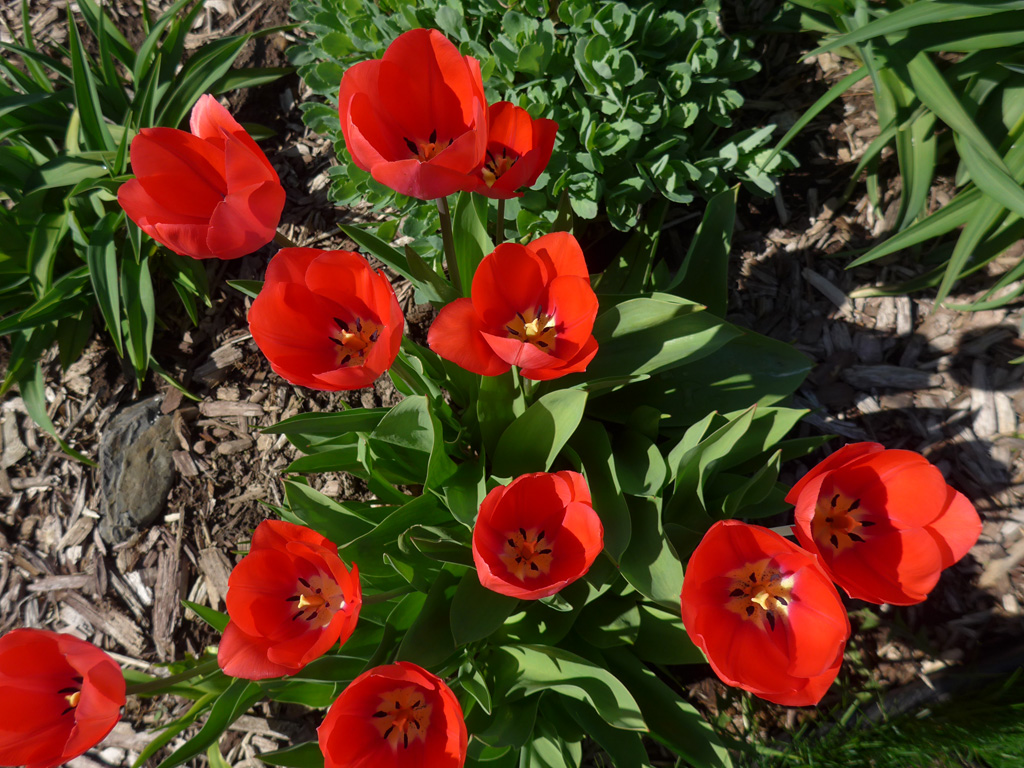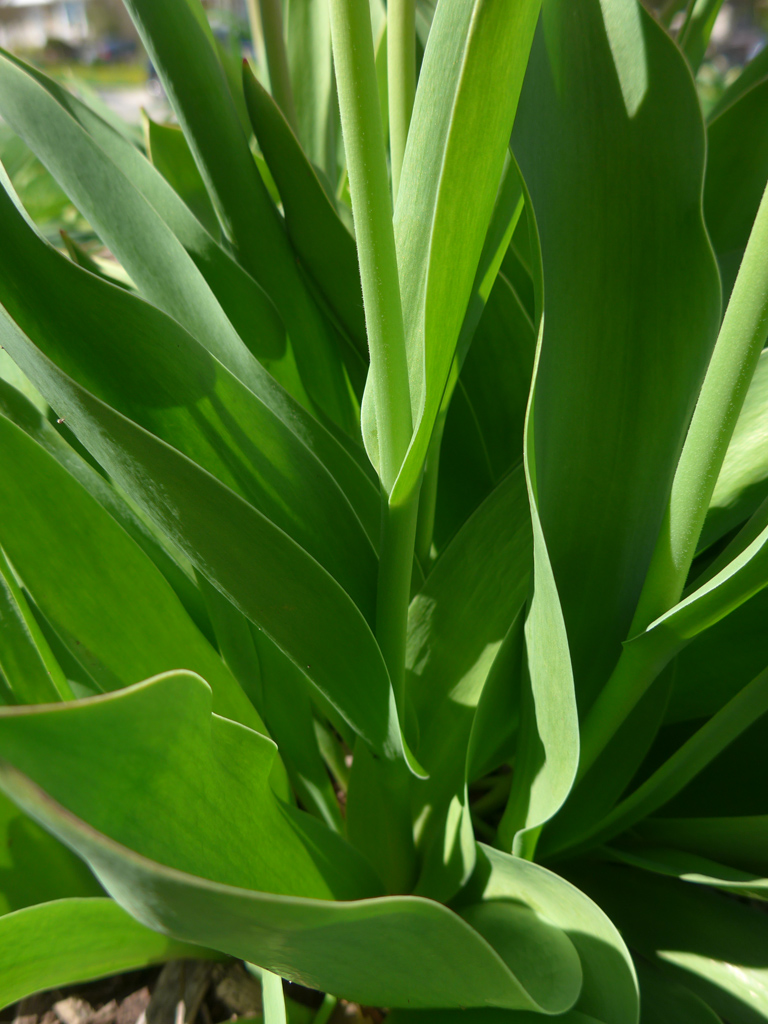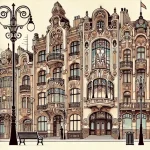Tulips in Art Nouveau
Tulips are vibrant, cup-shaped flowers, celebrated for their striking colors and elegant form.
These flowers bloom in a variety of colors—red, yellow, pink, white, and even purple—and are often associated with spring, renewal, and elegance. Their symmetrical, flowing shape and bold petals have made them a favorite subject in both garden design and visual art.

Tulips found particular resonance during the Art Nouveau period (circa 1890–1910), a decorative arts movement that emphasized natural forms, sinuous lines, and botanical motifs. Artists and designers of this era drew inspiration from nature, seeking to harmonize art and the organic world. The tulip’s graceful curves and stylized silhouette fit seamlessly into the visual language of Art Nouveau.

In Art Nouveau, tulips were more than decorative elements—they symbolized a fusion of beauty and structure, nature and artistry. Their use conveyed a desire to elevate everyday objects and spaces with elegance rooted in the natural world. Today, tulips continue to evoke the refined aesthetics of this artistic period, reminding us of the enduring bond between nature and design.

